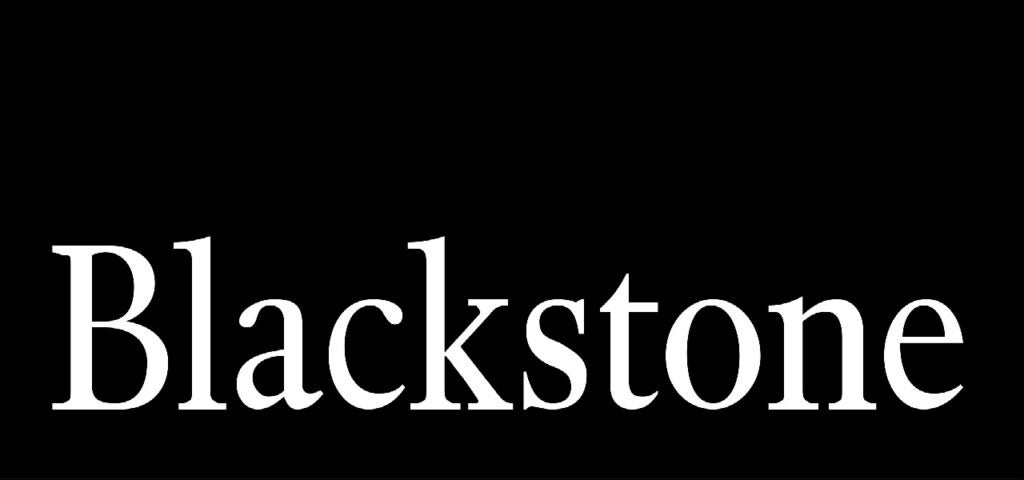Private banks seem to still be in the dark ages when it comes to adopting social media, but is there any real added value to them in implementing a comprehensive social media campaign? John Schaffer speaks with industry experts and private banks on the benefits of going social in the 21st century
The combination of ‘private’ and ‘social’ is an uncomfortable oxymoron for many private banks.
Social media is becoming ever more commonplace, yet private banks have either been slow to adopt or have completely avoided interaction via this medium altogether. Caution is understandable – particularly keeping in mind the private nature and size of the banks’ clients.
However, the use of social media could be an effective way of engaging with the next generation of private banking clients. This is especially pertinent with the transfer of over $30trn of inter generational wealth over the next two decades. Private banks have to engage this demographic – a PwC survey (2016 Wealth Management Trends) showed asset attrition rates of more than 50% in intergenerational transfers of wealth.
There is also a demand from private bankers themselves to use social media as a tool for propositioning new clients. According to the 2016 World Wealth Report by Capgemini, wealth managers of all ages view prospecting through social media as the most important digital capability, with 70% of under 40 wealth managers citing it, as well as one third of over 60 managers.
How well do you really know your competitors?
Access the most comprehensive Company Profiles on the market, powered by GlobalData. Save hours of research. Gain competitive edge.

Thank you!
Your download email will arrive shortly
Not ready to buy yet? Download a free sample
We are confident about the unique quality of our Company Profiles. However, we want you to make the most beneficial decision for your business, so we offer a free sample that you can download by submitting the below form
By GlobalDataValue add?
The return on investment from a private bank’s large social media presence is perhaps less tangible. However, April Rudin, Founder and CEO at the Rudin Group, says that social media is paramount for private banks to build relationships with clients:
“Social media is significant for private banks because they're all about relationships, and social media is about cultivating relationships. It’s important to create good, compelling content, and let people know about it, not only to attract new clients but to engage with existing ones.
“You find private banks posting ‘download our 50-page pdf’; that doesn't work on social media. This is evident when private banks have no social media strategy.”
Stephen Light, executive director, digital private banking at Coutts, tells PBI that the UK headquartered bank started using social media around 18 months ago. Although it has boosted engagement on the bank’s website, Light says it can be difficult to track the impact on new business.
“We're not actively tracking leads or prospects from clients as a result of social media. That’s part of our plan going forward into 2017. At the moment it’s been about engagement with the brand and showcasing our expertise,” he says.
The fear aspect of social media engagement is not restricted to the institutions. Light says that many clients will not want to follow Coutts on social channels as they do not want to publicise their association with a private bank.
David Wilson, head of strategic analysis group at Capgemini, says that social media strategies will be important for younger high net worth individuals (HNWIs), but less so for engaging wealthy individuals over 40. He adds that the success of social media is often dependant on the culture of the organisation:
“If you put barriers in the way, it will undercut the value of the process because you don’t have this culture of innovation and taking calculated risks, and you won’t get the full benefit. If you implement social media into an overall change management programme where people are involved from back office to the front office, then I think you can have some success. Overall, private banks are at a nascent stage with social media strategies.”
Vincent Lecomte, Co-CEO of BNP Paribas Wealth Management, says that social media has been beneficial for BNP Paribas.
“We have an increasing amount of new client relationships beginning on the social sphere, and we want to increase this approach.
“The content strategy is adapted according to channels, targets and timeline. Our editorial line relies on four pillars: We promote our expertise; share perspectives on market strategy, sharing recommendations from our global chief investment officers; deliver thought leadership on philanthropy and entrepreneurship; and push corporate information such as international recognitions, business results and partnerships.”
Which channel to choose?
Whether a private bank should concentrate its efforts on Twitter, Facebook or LinkedIn can often amount to a trial and error process.
Light, Coutts, tells PBI that LinkedIn is the “most obvious” channel:
“LinkedIn has the highest number of our potential client base. It’s easier for us to identify clients through that channel. We currently have about 21,000 followers.
“On Twitter we have approximately 17,500 followers. It’s great for periodical and timely information, but for us it doesn’t actually lead to a lot of engagement.”
However, Light adds that he was surprised at the success of the bank’s Facebook strategy:
“I was ready to turn off Facebook at the beginning of this year. But it’s surprised me. It gives us more traffic and engagement back to our other web services than Twitter does. I can put three times more effort into Twitter and get the same level of interaction on Facebook.”
C-level presence beneficial
In terms of social media strategy, banks have to decide whether they want their C-level executives engaging. Having input from senior executives gives the content more of a personal feel. Wilson tells PBI:
“C-level presence can be powerful if they commit to a reasonably long period of time with a sufficient frequency of content so that their profile can really be established.
“However, content takes effort. If it’s a quick band-aid approach to get your key executives visible, it will fall flat.”
Rudin says: “Personal branding is key. Most banks seem impenetrable. C-suite executives can talk about themselves and their opinions – which touches on the personal and makes them more accessible.”
Lecomte, BNP Paribas, says that both he and Sofia Merlo (Co-CEOs of BNP Paribas Wealth Management) are active on social media through LinkedIn and Twitter:
“We not only promote the bank’s content, but also share our personal point of views on the industry, the countries we are visiting, the entrepreneurs we are talking to, and also share a little of our personal drivers and passions.”







